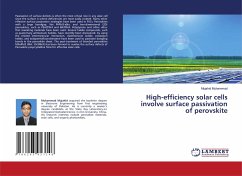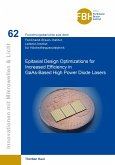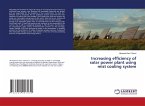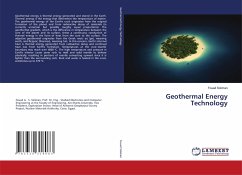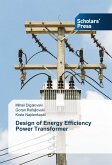Passivation of surface defects is often the most critical role in any solar cell since the surface is where deficiencies are most easily created. Many other effective surface passivation strategies have been used in PSCs. Perovskites with a large bandgap, like FAPbI3-xBrx, and two-dimensional (2D) perovskites, such as PEA2PbI4 and BA2PbI4, Polystyrene and other ultra-thin insulating materials have been used. Several halide compounds, such as quaternary ammonium halides, have recently been discovered; by using the related intermolecular interaction, diammonium iodide, potassium halide, and iodopentafluorobenzene have been used to passivate dangling bonds in the perovskite sheet. The post-treatment of blended perovskites MAxPbI3 (MA: CH3NH3) has been formed to resolve the surface defects of Perovskite polycrystalline films for effective solar cells.
Hinweis: Dieser Artikel kann nur an eine deutsche Lieferadresse ausgeliefert werden.
Hinweis: Dieser Artikel kann nur an eine deutsche Lieferadresse ausgeliefert werden.

